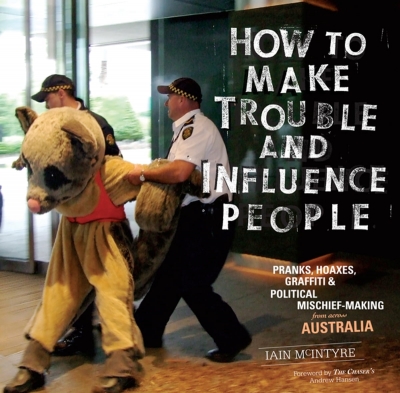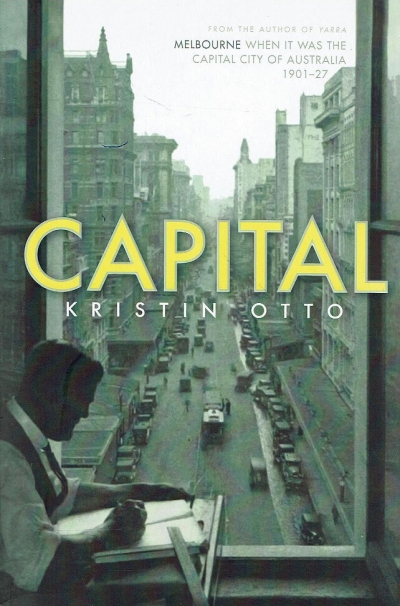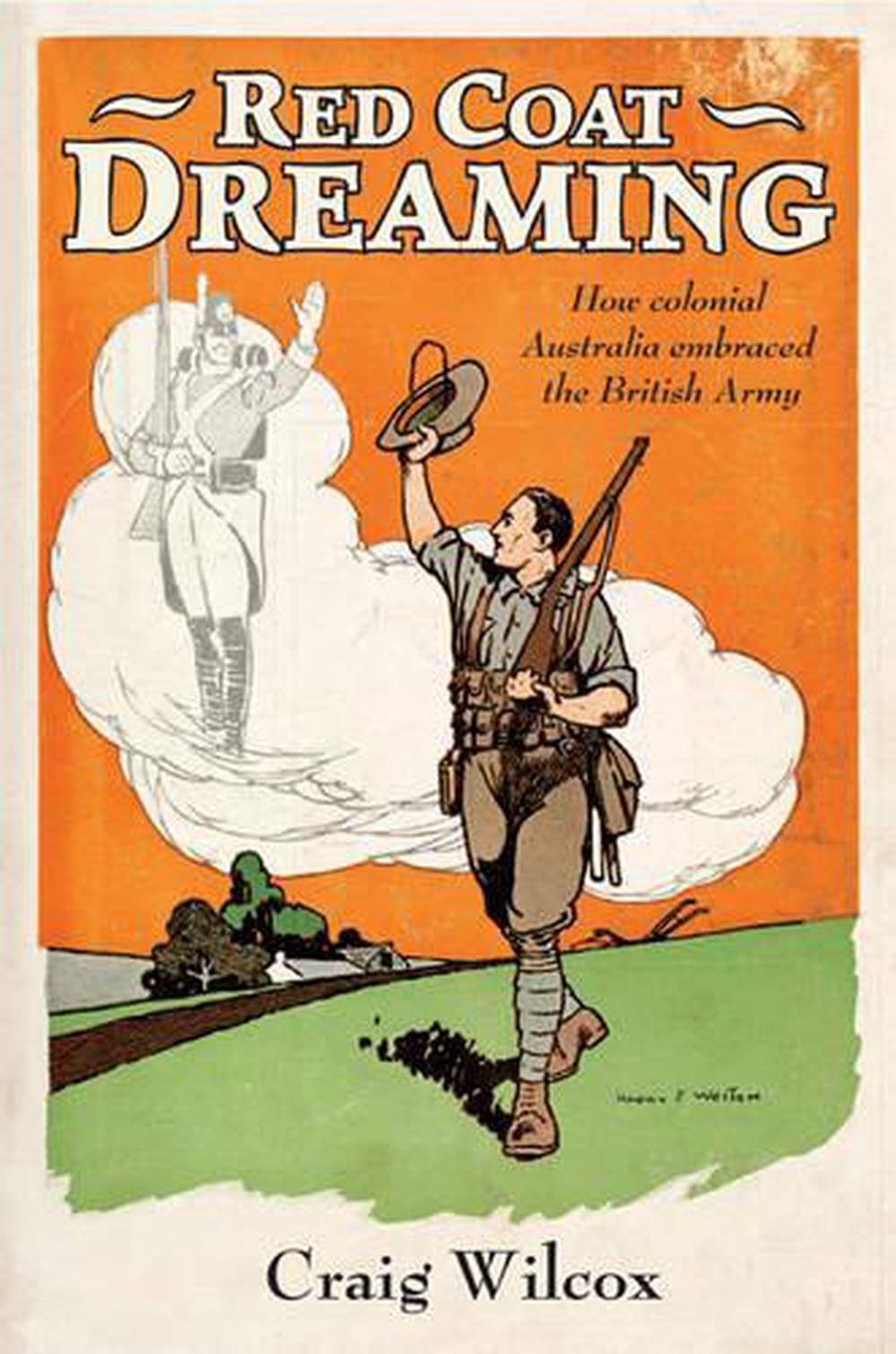History
How to Make Trouble and Influence People: Pranks, hoaxes, graffiti & political mischief-making by Iain McIntyre
by Dan Rule •
Capital: Melbourne when it was the capital city of Australia 1901–1927 by Kristin Otto
by John Rickard •
How to Write History That People Want to Read by Ann Curthoys and Ann McGrath & Voice and Vision by Stephen J. Pyne
by Stuart Macintyre •
The Path Of Infinite Sorrow: The Japanese On The Kokoda Track by Craig Collie and Hajime Marutani
by Steven Bullard •
Rivers and Resilience: Aboriginal People On Sydney’s Georges River by Heather Goodall and Allison Cadzow
by Michael Cathcart •
Replenishing The Earth: The Settler Revolution And The Rise Of The Anglo-World, 1783–1939 by James Belich
by Norman Etherington •
Red Coat Dreaming: How Colonial Australia Embraced The British Army by Craig Wilcox
by Robin Prior •
The Fanfrolico Press: Satyrs, Fauns & Fine Books by John Arnold
by John Thompson •
Historical Encyclopedia of Western Australia edited by Jenny Gregory and Jan Gothard
by Stuart Macintyre •
Bardia: Myth, Reality and the Heirs of Anzac by Craig Stockings
by Karl James •










